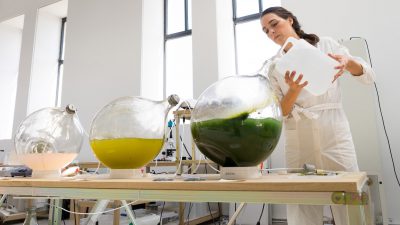Seems to be that Vitamin D deficiency is an underlying factor in those who suffer the most from COVID-19, or coronavirus. New crowd-sourced data, confirms the early and eerie side-effects: seems that not only smell, but taste and the inability to be phased by hot sauce, among the signs that a patient with the flu might be experiencing COVID-19.
A massive, crowdsourced-survey of COVID-19 patients from over 40 countries provides the greatest evidence to date of the link between COVID-19 and the loss of smell, taste and chemesthesis—the ability to perceive cooling, tingling and burning sensations from stimulants such as chili peppers and menthol.
These findings will help distinguish COVID-19 patients from those with common viral infections, such as the cold or flu, and help prioritize the limited supply of COVID-19 tests.
Professor Masha Niv, from the Hebrew University in Jerusalem is a leading member of The Global Consortium for Chemosensory Research (GCCR) which launched this survey on April 7, 2020. They mined their database for initial findings and have posted their results on medRxiv.
Based on 4,039 COVID-19-positive participants from around the world, the group found that smell, taste and chemesthesis are significantly reduced during the illness. Nasal blockage, aka a stuffed nose, does not appear to be associated with these sense losses, suggesting that these symptoms may be an important way to distinguish COVID-19 infection from other viral infections.
“Our findings show that COVID-19 broadly impacts chemosensory function and is not limited to smell loss, and that disruption in these functions should be considered a possible indicator of COVID-19,” explained Niv.
The ongoing survey asks participants who have been diagnosed with COVID-19 to quantify their smell, taste and chemesthetic senses both before and during the illness, and to report any nasal blockages. This project is distinct from previous studies on chemosensory and COVID-19 in that it leverages a multinational, “open-science” approach.
The survey is available in 27 languages, including English, French, Spanish, German, Italian, Japanese, Arabic, Norwegian, Spanish, Swedish and Turkish. To date, over 30,000 responses have been crowdsourced through traditional print, television, radio and social media.
“What’s needed to fight a global pandemic is a global approach. We’ve harnessed scientists, clinicians and patients from around the world to give us a better understanding of the disease’s impact on various populations and to provide us with significant clues towards better diagnosis and treatment of the COVID-19 disease,” concluded Niv.




